Search Images
Browse Content (p. 919)

Image
Three Venus Statues
Three marble sculptures of “Venus” (left to right): Venus of Arles (194 cm, ca. late 1st cent. BCE; Louvre inv. no. Ma 439), proper right arm and lower left arm are modern restorations; Venus of Milos (202 cm, 100-50 BCE; Louvre inv. no...

Image
Royal Sceptre, Kingdom of Kongo
A gold sceptre used by the kings of the Kingdom of Kongo (14-19th century CE). 17th century CE (?). (Royal Museum of Central Africa, Brussels, Belgium)
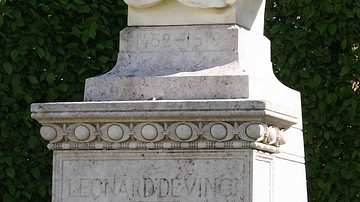
Image
Leonardo da Vinci Bust
A bust of Leonardo da Vinci (1452-1519 CE) within the grounds of the Chateau d'Amboise, Amboise, France. The artist and inventor died at Amboise on 2nd May 1519 CE.
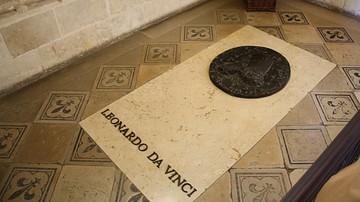
Image
Tomb of Leonardo da Vinci
The tomb of Leonardo da Vinci (1452-1519 CE) within the Chapel of Saint Hubert, Chateau d'Amboise, Amboise, France. The artist and inventor died at Amboise on 2nd May 1519 CE.

Image
Chapel of Saint Hubert, Amboise
The Gothic chapel of Saint Hubert, Chateau d'Amboise, Amboise, France. Built in 1493 CE, the chapel contains the tomb of Leonardo da Vinci (1452-1519 CE).
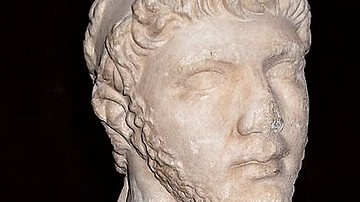
Image
Bust of Ptolemy of Mauretania, Louvre
A marble bust of King Ptolemy of Mauretania (c. 10 BCE - c. 40 CE). Ptolemy was the son of Juba II and Cleopatra Selene II, making him a descendant of both the Berber rulers of Numidia and the Ptolemaic dynasty of Egypt. Through his mother...
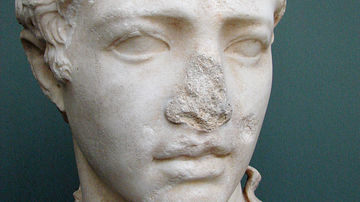
Image
Marble Bust of Juba II
An early 1st Century marble bust of Juba II (r. 29 BCE - 23 CE), king of Mauretania and husband of Cleopatra Selene II (40 - 5 BCE). The bust is in the Glyptotek Museum in Copenhagen.

Image
Marble Bust of Cleopatra Selene II
A late 1st Century CE Roman bust portraying Cleopatra Selene II (40 - 5 BCE), the queen of Mauretania. This bust is currently on display at the Archaeological Museum of Cherchell, Algeria.
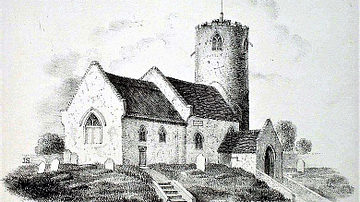
Image
Drawing of St. Julian's Church, Norwich
St Julian's Church', a lithograph by James Sillett (1764 -1840 CE). This print depicts St. Julian's Church in Norwich, England. The church was built in the Middle Ages, and St. Julian of Norwich (c. 1342 - c. 1416 CE) was likely named after...
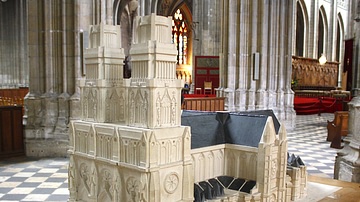
Image
Model of Orleans Cathedral
A scale model of the Gothic Cathedral of the Holy Cross, Orléans, France. 13-14th century CE.